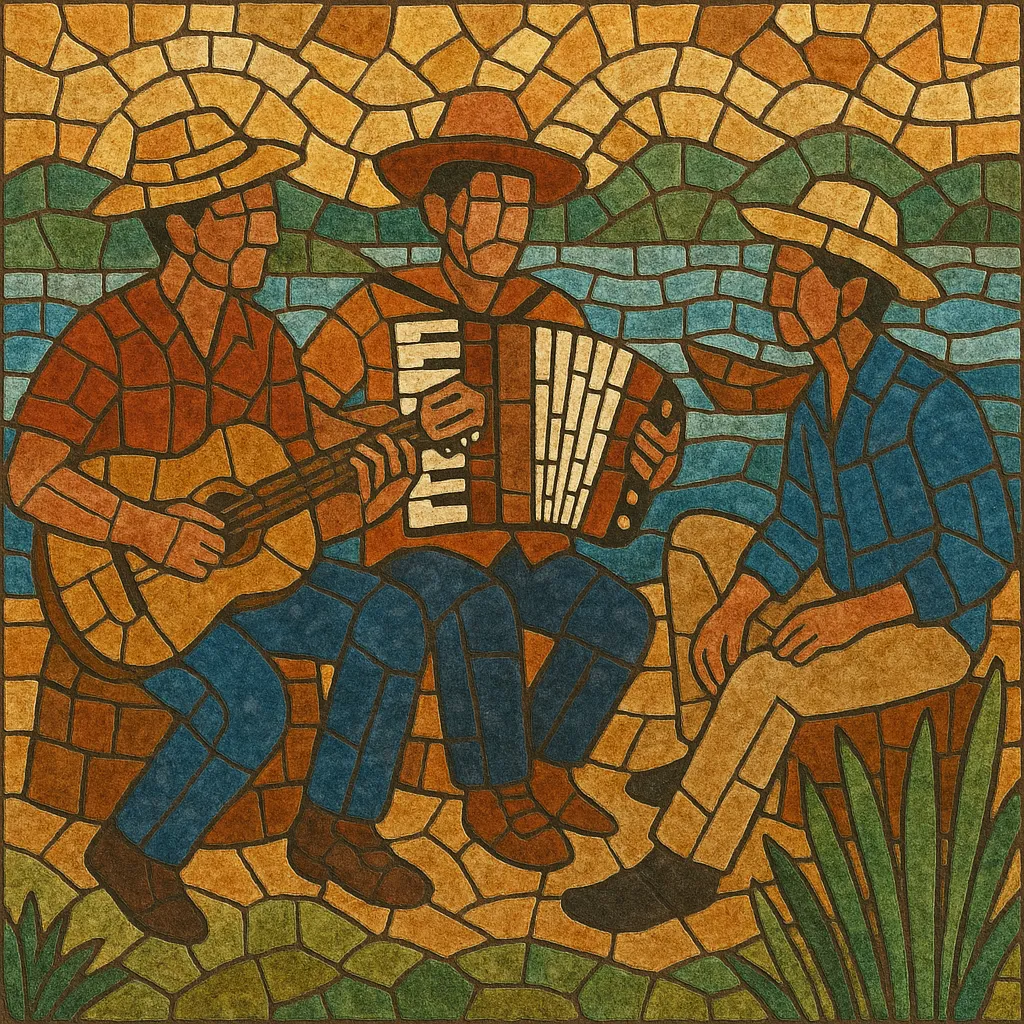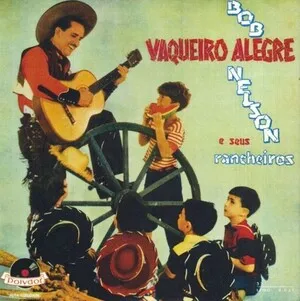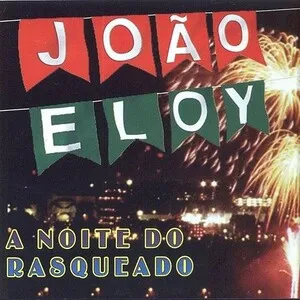Rasqueado is a lively, strummed song-and-dance tradition from Brazil’s Pantanal region (especially around Cuiabá, in the state of Mato Grosso). It blends the fast, percussive strumming of guitars and regional violas with polka-derived rhythms and accordion counter-melodies.
The style typically moves in an upbeat 2/4 feel with syncopated off‑beats and “scratchy” right‑hand patterns (hence the name, from rascar/raspar, to scrape). Lyrics are often in colloquial Portuguese and celebrate rivers, boats, festas, fishing, and everyday life in the Pantanal. The core sound couples bright, major‑key harmonies with driving strums that invite social dancing.
Rasqueado took shape in the 1950s in and around Cuiabá (Mato Grosso), in Brazil’s Pantanal. Borderland exchanges with Paraguay and northern Argentina brought polka paraguaya, chamamé, and guarânia into local musical life. These blended with caipira practices (moda de viola) and the regional sung-poetry traditions of siriri and cururu, giving rise to a brisk, danceable strum style locals called rasqueado.
By the 1960s–1970s, rasqueado had a firm place in neighborhood parties and dance halls (bailes). Acoustic guitar or viola (often the local viola de cocho), accordion, bass, and light percussion shaped the sound, while singers used call‑and‑response hooks and story‑telling verses about Pantanal landscapes and livelihoods. Radio shows and regional labels helped circulate the music within the Centro‑Oeste.
From the 1980s onward, artists associated with the “música pantaneira” brought rasqueado flavors to national audiences, alongside polka, chamamé, and guarânia. The style’s signature strumming patterns influenced local strands of sertanejo while remaining a distinct, hometown dance music in Cuiabá and environs.
Rasqueado thrives at regional festivals and cultural projects that also celebrate siriri and cururu. Contemporary artists keep the traditional instrumentation and strumming patterns, while some incorporate modern production and stage formats to present the Pantanal identity to broader audiences.




